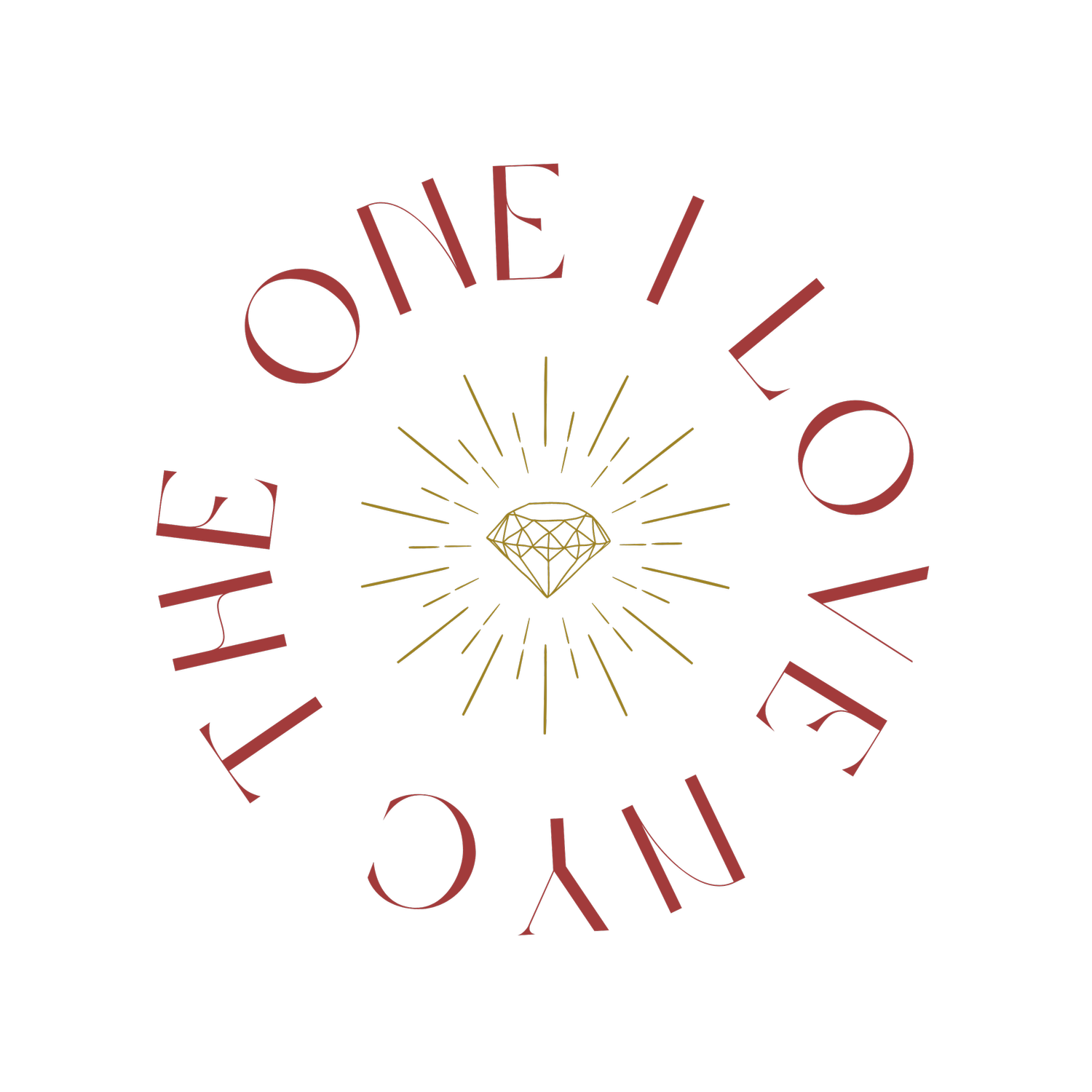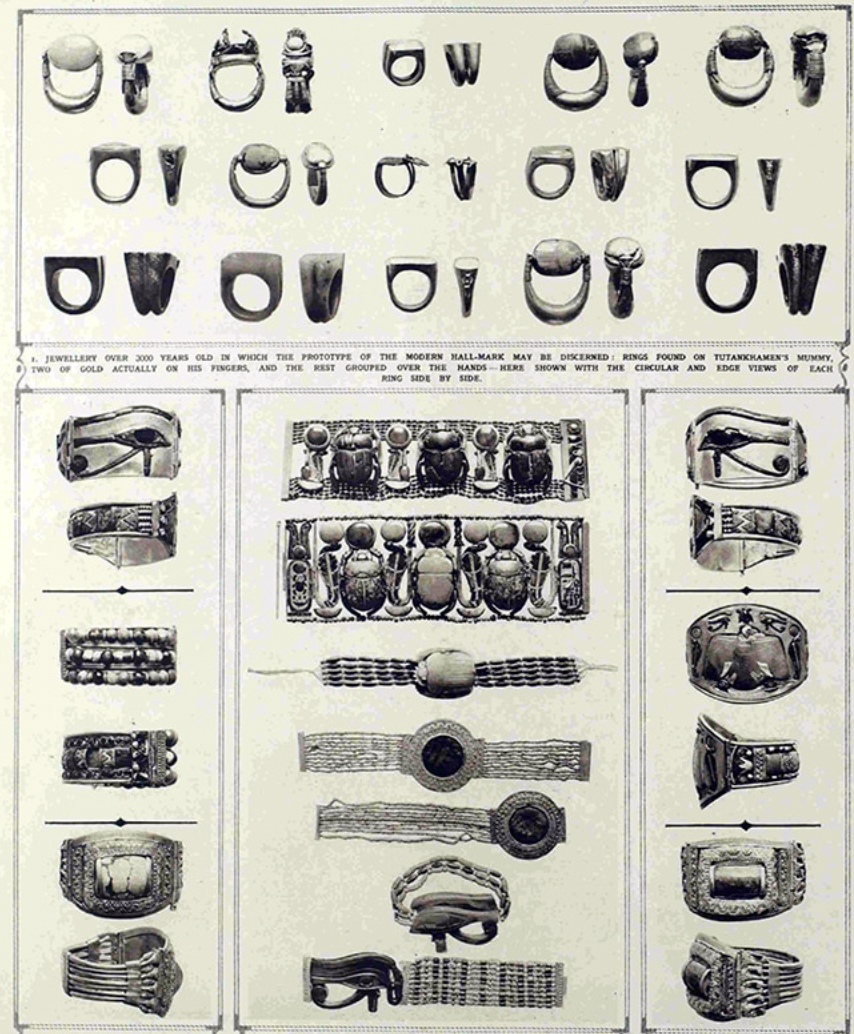Ancient Revivals: Egyptomania, Etruscan & Renaissance
Sometimes those who study history don’t seek to avoid repeating the past but rather strive to improve and relive it. To perfect and refine it. To give it another life, another chance at the spotlight.
Ancient revivals in the jewelry world are a way to honor ancient artists who crafted adornment from civilizations and cultures long past. The nineteenth century was an especially exciting time for revival jewelry. Inspiration came flying in from across eras. The mystical, advanced age of Ancient Egypt. The gilded Etruscan villages dotting the Italian peninsula circa 800 B.C. And the intellectually extravagant days of the European Renaissance.
Ancient Egypt
Possibly the most popular and beloved revival period was that of Ancient Egypt. Back then, jewelry reflected priorities, including the sanctity of plants and animals and passage to the afterlife. Cats, scarabs and lotus flowers were popular jewelry motifs with important meanings around rebirth and religion. Charms and talismans were buried with people, as these small signifiers were thought to help identify souls and help them gain passage to the afterlife.
Depictions of Ancient Egyptian jewelry found in King Tut’s tomb in the early 1920’s. The discovery of these treasures kicked off a deep interest in and love of Ancient Egyptian aesthetics among the jewelry loving set. Multiple rounds of Ancient Egyptian revival took place across the 19th and 20th century. The Illustrated London News, February 26, 1927.
The beauty of life permeated social classes, and historic reports show that nearly everyone felt a high standard of living. Life was so wonderful in Ancient Egypt that people saw the afterlife as a continuation of their lovely earthly existence. The laboring classes created all the goods for trade, including metalwork and jewelry. Master craftsmen churned out delicate, ornate treasures with precious stones and enameling. Many famous techniques or styles have their roots in Egyptian industry.
A Tiffany & Co. Necklace (left) and Castellani Micromosaic Brooch (right). These beautiful items were auctioned around the 100th anniversary of the discovery of King Tut’s tomb. Credit: Sotheby’s.
In the late 19th and early 20th century, Europe caught a taste of the fabulous designs and luxuriously detailed craftsmanship common in Ancient Egypt. A few important events of the day can take credit for “Egyptomania”, as it came to be know, including the discovery of the Rosetta Stone, thrilling discovery of King Tut’s tomb, and the construction of the Suez Canal, which linked the Mediterranean and the Red Sea.
In November 1922, archeologists discovered the entrance to the tomb of King Tutankhamen in the Valley of the Kings. King Tut died at age 18 but his tomb had been filled to the brim with unbelievable treasures that should take several lifetimes to acquire. Thousands of objects were unearthed over several years from the four room tomb. One of the lead archeologists, Lord Carnavon, died in 1923 further deepening the mystery and mythology around the mummy’s power. At this time, most people could not afford to go to ancient Egypt themselves so depictions of the era’s grandeur and magnificence via jewelry was the primary way to engage. And engage they did—the jewelry world could not get enough and Art Deco style often incorporated Ancient Egyptian imagery and influence.
Rare Art Deco set from Lacloche Frères with Egyptian-Revival imagery in diamond, ruby, sapphire, emerald and onyx. Credit: Sotheby’s.
Etruscan
Intricate detailing, high-karat blazing yellow gold, fine filigree, large format pieces, and semi-precious stones. The signature Etruscan jewelry style, which emerged on the Italian peninsula around 800 B.C., was not only noteworthy but worthy of replication many centuries later.
The Etruscans ruled coastal Italy and placed a primacy on craftsmanship and fine arts. Like their Egyptian counterparts, they buried the dead in enormous tombs with finery and goods to facilitate a lovely afterlife. Also, like Egypt, the discovery of these tombs sparked the imagination of the Victorian public, unleashing an obsession with all things Etruscan. Since these tombs were located around Rome, Europeans had an even more up close and personal perspective.
Fortunato Pio Castellani opened a jewelry shop in Rome in 1814. The Castellani were influenced by archaeological discoveries, coining the term “Italian archaeological jewelry.” They were well known for exquisite jewelry in the Etruscan, ancient Roman, early Christian, Byzantine, and medieval styles. This bracelet from 1860 is the Etruscan style. Credit: The Metropolitan Museum of Art.
The father-son duo of Fortunato and Augusto Castellani rose to prominence as the best Etruscan revival jewelers of the time. They made everything from earrings and brooches to lockets and bracelets; from tiny mosaics to long granulated earrings that were among the most opulent looking adornment. The pair even used ancient methods to perfect their highly sought after replicas. As mass produced jewelry became easier to come by, though, these ancient arts grew more obsolete. This democratized access to wonderful jewelry, especially with the American market opening up around this time and consumers’ high demand for these types of pieces.
Renaissance
The Renaissance was a time of enlightenment and progress. Technology was crystallizing and people started to keep better records. Fashion sensibilities expanded as craft and capability improved. Colored gems were in and pearls were seen as sweet centerpieces, especially when they were surrounded by smaller gems. The wealthy loved pendants, brooches and earrings with enamel to lend colorful accents.
Most interestingly, art became a form of intelligence and knowledge, virtues that were highly praised during this era. Artists of the day provided more insight into the lived human experience and leading scholars paid homage to nature. Jewelry was seen as part and parcel of not only the wonder of nature but man’s ability to shape and transform the raw materials Mother Nature bestowed.
Carlo Giuliano crafted many archaeological-revival jewelry pieces in the late 1800’s. Here, his use of semi-precious materials—in this case amethyst, pearl and enamel—is typical of Giuliano’s work in the Renaissance style. Credit: The Metropolitan Museum of Art.
The Renaissance was an important time and about 300 years later, intellectuals were keen to relive the excitement. Renaissance-themed costume balls were popular throughout the 1800’s and great effort was taken to recreate period costumes and jewelry worn at lavish events.
A German artist, Hans Holbein the Younger, was an early instigator of Renaissance revival. His famous paintings showed royalty and others in high-society wearing jewelry of the era. In London, his paintings catalyzed the re-emergence of this fashion in the 19th century. Carlo Guiliano was a famous jeweler in the latter part of the 1800’s who not only crafted beautiful Renaissance pieces but also borrowed ancient techniques to give birth to his remarkable creations, making them all the more authentic and sought after.
These three revival periods are clear evidence that great craftsmanship and gorgeous adornment are the trademarks of timeless styles. When fantastic jewelry eras are revived, new aesthetics are born and each of these three moments gave rise to new and wonderful with deep historic significance.





